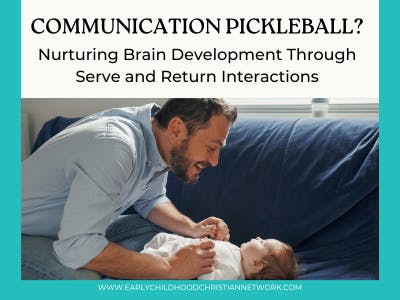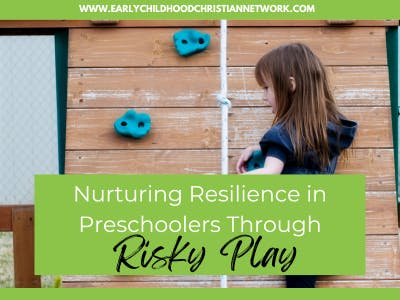Struggling with Focus or Fidgeting? It Could Be a Retained Reflex
|
Hey Reader! Have you heard the term “primitive reflexes” before? I didn’t know that’s what they were called but…primitive reflexes are automatic, involuntary movements that babies are born with. These reflexes help with feeding, bonding, and movement coordination in infants. Need a few examples? I did too!
As children grow, primitive reflexes are expected to disappear, typically between 6 months and a year of age, as their brains mature and higher-level motor skills take over. For instance, the grasp reflex typically fades by 5-6 months when the baby starts to more intentionally hold onto things rather than the reflex being in charge. Did you know there’s a similar grasp reflex in the toes that last until about 9-12 months? We want more intentional movements to take over for the reflexes as our brains and bodies grow and develop. What Happens When Primitive Reflexes Don’t Fade? For most children, these reflexes naturally disappear, but if they persist into the elementary years, they can impact a child’s development, behavior, and learning. A child with a retained Moro/startle reflex might be overly sensitive to sensory stimuli, easily startled, or have difficulty focusing in a busy classroom. The tonic neck reflex (in babies, when they turn their head in one direction, that arm stretches out while the other bends close to the body) lingering could interfere with eye-hand coordination, making it challenging for children to read or write smoothly. When the grasp reflex has not integrated appropriately, children will have difficulty with developing pencil grip and have poor visual coordination. Several of the other reflexes actually impact a child’s ability to maintain attention and focus! It’s important that these reflexes integrate completely and appropriately. How do we support the natural integration of reflexes in infants? The best answer is…put that baby on the floor! Tummy time allows young children to practice holding up their heads, rolling over, reaching forward, “swimming”, etc. Playing on their backs is also helpful in stimulating the nerves in the spine to aid in integrating reflexes and encouraging bi-lateral movement as babies reach up and around, roll over, kick their legs, etc. HERE is a great youtube video that might be helpful for infant/toddler teachers or parents of young babies. These two Occupational Therapists have TONS of great activities to support reflex integration in babies. How do we help preschoolers integrate their reflexes? As early childhood educators, we can support children in overcoming retained reflexes by incorporating purposeful movement and play. Here are a few ideas:
Recognizing the signs of retained primitive reflexes and implementing developmentally appropriate activities can significantly impact a child’s ability to learn and thrive as they grow. Here’s an interesting article from another Occupational Therapist on the effects of retained primitive reflexes and ideas for helping them become integrated in older children. Remember, we are not diagnosing anything in our students. Most of these exercises will help ALL the children in your care so make it fun, and remember that mostly, children just need the ability to move about freely as much as possible and all of these things will naturally develop as God designed. When we allow a lot of freedom to move around, climb, jump, crawl, skip, hop (all the things listed above), we help them develop purposeful, controlled movements rather than reflex-driven actions! We’re laying the foundation for learning success! Now, go have a little dance party or jumping-jacks contest with your students! For more info on how physical development affects literacy development, check out our latest podcast episode with Stacy Benge.
Cheering you on this week! -Your ECCN team
Colossians 3:16 “Let the message of Christ dwell among you richly as you teach and admonish one another with all wisdom through psalms, hymns, and songs from the Spirit, singing to God with gratitude in your hearts.” |






